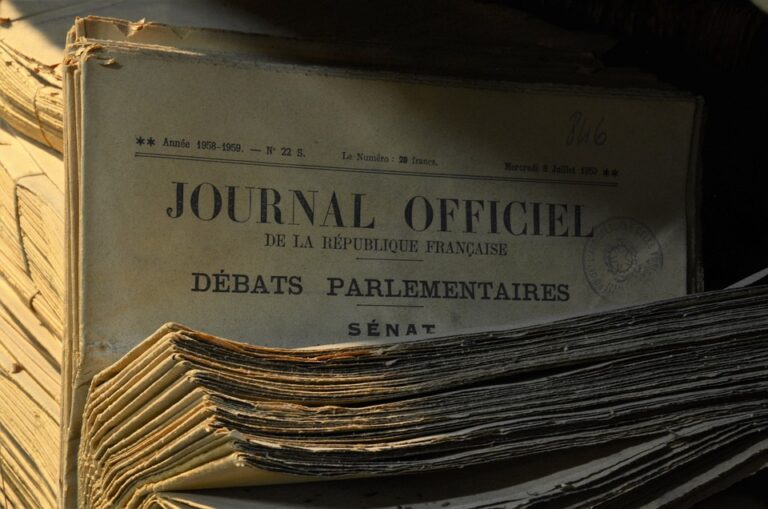Political Party Coalitions in Multi-Party Systems

In multi-party systems, political party coalitions play a critical role in shaping governance and policy-making. Unlike two-party systems, where power alternates between two dominant groups, multi-party systems feature a more fragmented political landscape. This dynamic often necessitates coalitions, as no single party typically gains a majority.
Understanding the mechanics of these coalitions provides insight into the complexities of democratic governance and the intricate compromises that underpin political stability.
What Are Political Party Coalitions?
Political party coalitions are alliances formed between two or more political parties to achieve common objectives, often to secure a governing majority in a legislative body. These coalitions can form before or after elections, depending on the political context and electoral rules of a given country.
Pre-election coalitions aim to consolidate votes, while post-election coalitions focus on negotiating power-sharing agreements to form a stable government.
Coalitions are particularly prominent in countries with proportional representation systems, where legislative seats are distributed based on the percentage of votes each party receives. This system encourages the emergence of multiple parties, each representing specific ideologies, regions, or interest groups.
While this diversity fosters inclusivity, it also complicates the process of forming a cohesive government.
Why Are Coalitions Necessary?
In multi-party systems, it is rare for a single party to secure an outright majority. Without a majority, governance becomes challenging, as passing legislation and implementing policies requires sufficient parliamentary support.
Coalitions provide a solution by uniting parties with shared goals or complementary strengths, enabling them to collectively achieve the majority needed to govern effectively.
For example, in Germany, a proportional representation system has historically resulted in coalition governments.
The Social Democratic Party (SPD) and the Christian Democratic Union (CDU) have frequently partnered with smaller parties like the Free Democratic Party (FDP) or the Greens to form stable administrations.
These partnerships reflect pragmatic compromises, as ideological differences must be reconciled to ensure functionality.
How Are Coalitions Formed?
Forming a coalition involves intricate negotiations, where parties assess their compatibility and define the terms of collaboration. Key considerations include:
- Policy Alignment: Parties must identify common ground on major policy issues such as healthcare, education, and economic strategies. Significant ideological divergence can hinder cooperation.
- Power Distribution: Negotiations determine the allocation of ministerial positions and other leadership roles within the coalition. Smaller parties often leverage their support to secure influential posts.
- Coalition Agreements: Formal agreements outline the coalition’s objectives, shared policies, and mechanisms for conflict resolution. These documents serve as a roadmap for governance and ensure accountability among coalition members.
- Public Support: Coalition parties must communicate their collaboration’s rationale to the electorate, emphasizing the benefits of unity while maintaining their distinct identities.
Challenges of Coalition Politics
Despite their advantages, coalitions are not without challenges. Managing divergent interests and maintaining unity among coalition partners can be fraught with difficulties:
- Policy Disagreements: Differences in ideology or priorities can lead to conflicts, jeopardizing the coalition’s stability.
- Public Perception: Coalitions can be perceived as compromises that dilute party values, potentially alienating core supporters.
- Power Struggles: Internal rivalries over leadership roles or policy direction may arise, undermining trust among partners.
- Longevity Issues: Coalitions often face a limited lifespan, as shifting political dynamics or external pressures can lead to fragmentation.
The experience of Italy exemplifies these challenges. Frequent government collapses and reconfigurations of coalition partners have characterized its political history, highlighting the fragility of coalition arrangements in volatile political environments.
Case Studies of Successful Coalitions
While challenges abound, there are notable examples of successful coalitions that have contributed to political stability and effective governance:
- Germany’s Grand Coalitions: The SPD and CDU/CSU have collaborated multiple times, overcoming ideological differences to address pressing national issues. These alliances have demonstrated a commitment to pragmatic governance.
- South Africa’s Government of National Unity: Following apartheid, South Africa’s transition to democracy featured a coalition government that included the African National Congress (ANC), the National Party, and the Inkatha Freedom Party. This inclusive approach fostered reconciliation and laid the foundation for democratic stability.
- India’s United Progressive Alliance (UPA): The UPA, led by the Indian National Congress, successfully governed through coalition politics, bringing together diverse regional and ideological players to address India’s complex challenges.
The Role of Public Opinion and Media
Public opinion and media play significant roles in shaping the dynamics of coalition politics. Citizens’ perceptions of coalition effectiveness and coherence influence electoral outcomes and party strategies.
Media coverage can either bolster a coalition’s legitimacy by highlighting its achievements or amplify discord by focusing on internal disputes.
Engaging with the electorate through transparent communication is crucial for coalition governments. By demonstrating accountability and delivering tangible benefits, coalitions can build public trust and counteract skepticism.
Looking Ahead: The Future of Coalitions
The evolving political landscape and increasing polarization in many democracies pose both opportunities and challenges for coalition politics.
As societies grow more diverse, the need for inclusive governance mechanisms becomes more pronounced. Coalitions, with their emphasis on collaboration and compromise, are well-suited to address this need.
However, adapting to new realities requires innovation in coalition-building strategies. Embracing technology for data-driven decision-making, fostering inter-party dialogue, and promoting civic education on the importance of coalition politics are vital steps.
Conclusion
Political party coalitions in multi-party systems exemplify the art of compromise and the pursuit of collective goals. While they present unique challenges, they also offer pathways to inclusive and representative governance.
As democracies worldwide continue to evolve, coalitions will remain central to navigating the complexities of diverse political landscapes, reflecting the resilience and adaptability of democratic institutions.






